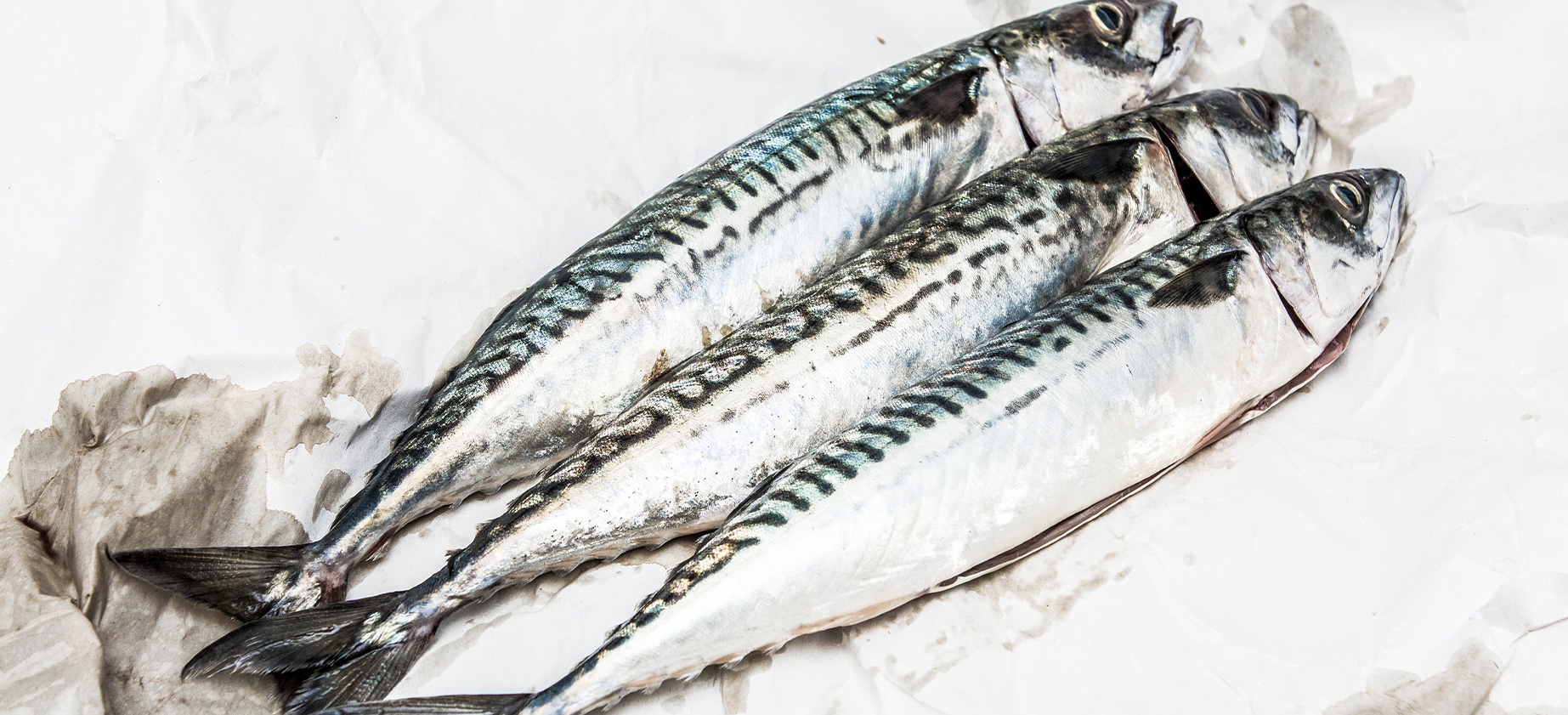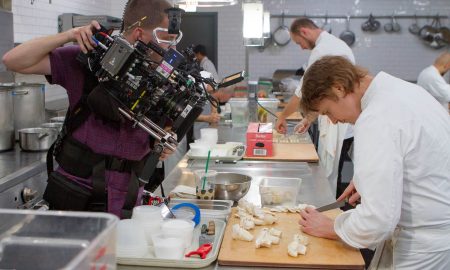A couple of years ago, though, representatives of all 193 member states of the United Nations got together to discuss that very question and help shape a better future. They came out with 17 goals for sustainable development, to be achieved by the year 2030… and whether you’re at home or at work, YOU can help the world achieve them.
Here’s how to save the world: Seven to-do’s for your kitchen
- Only buy food you’re going to use.
Every stage along the value creation chain involves a whole lot of food ending up in the trash – in other words, money wasted on food that the customer never sees. Take a closer look at your technique in the kitchen, so that you’ll avoid making mistakes in preparation and end up with food you can’t use. - Prevention: Create a plan for how to avoid wasting food.
Around a third of all the food produced in the world ends up being destroyed, not consumed. Of course, it’s hard to improve something if you haven’t measured it first, so start by tracking your food waste – it’ll help you see how much of which types of foods are being wasted in which stages of the process. Once you’ve determined which dishes or which working steps involve the most food waste, you can prioritize steps toward fixing the problem. [Recommended reading: The business case for reducing food waste] - Bike to work rather than driving – good for your health, good for the environment.
How much time do you spend out in nature, getting fresh air? You may not always have the time (or the energy!) for outdoor sports after your shift in the kitchen, but you could probably make it to work on your bike, right? It’s an easy way to incorporate a little outdoor physical activity into your daily routine, plus it helps protect the environment. - Stop dripping faucets, repair leaky sinks.
Water is life! And there are still people all over the world with no reliable access to clean drinking water. We need water not only to drink, but also to produce our food – we should all be more mindful of how we use it. - Save energy by using intelligent devices or unplugging them when you’re not using them.
Cooking requires a lot of water and a lot of electricity, and the right equipment can help professional kitchens save plenty of both. Old tilting fryers, boilers, and deep fryers are notoriously energy-inefficient. One resource-conserving alternative: multifunctional appliances that only use electricity when they actually need it. Besides saving space, they also save users a few euros on their electric bills. - Focus on regional products with short shipping distances.
Think of it like this: your personal contribution towards saving the environment is right at your doorstep. Regional products mean shorter transport distances, which means less traffic, which means more environmentally friendly. - Only use fish that isn’t at risk due to overfishing.
We need to use our seas and oceans sustainably so that future generations can enjoy them as well. But how do you know which varieties to avoid? Check the quality seal – they can often help you find out more about the product. Many environmental associations also regularly update their lists of recommendations.















